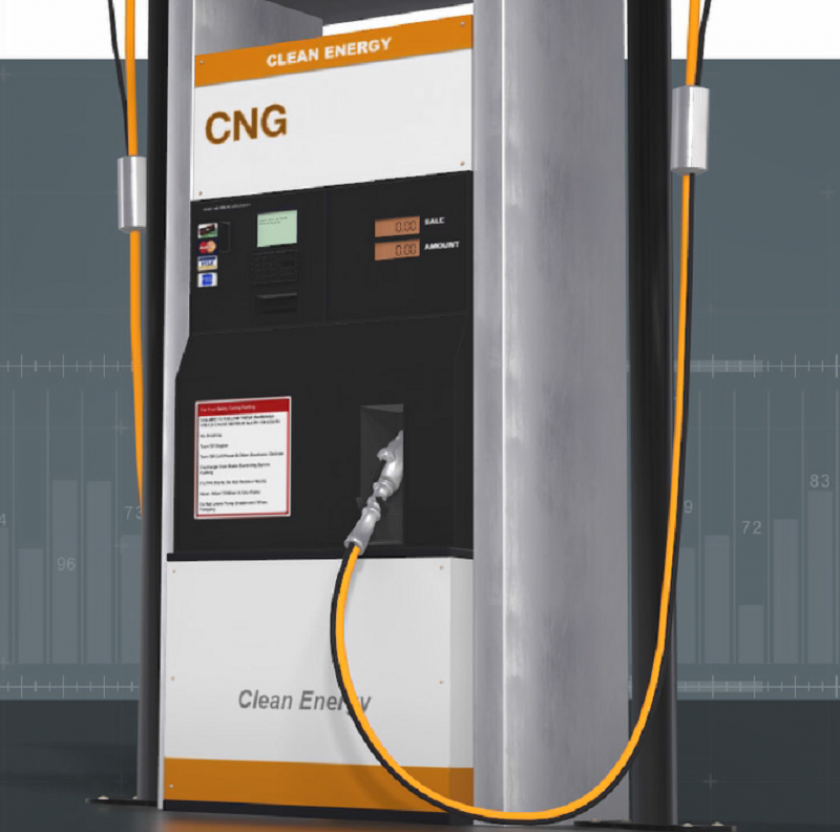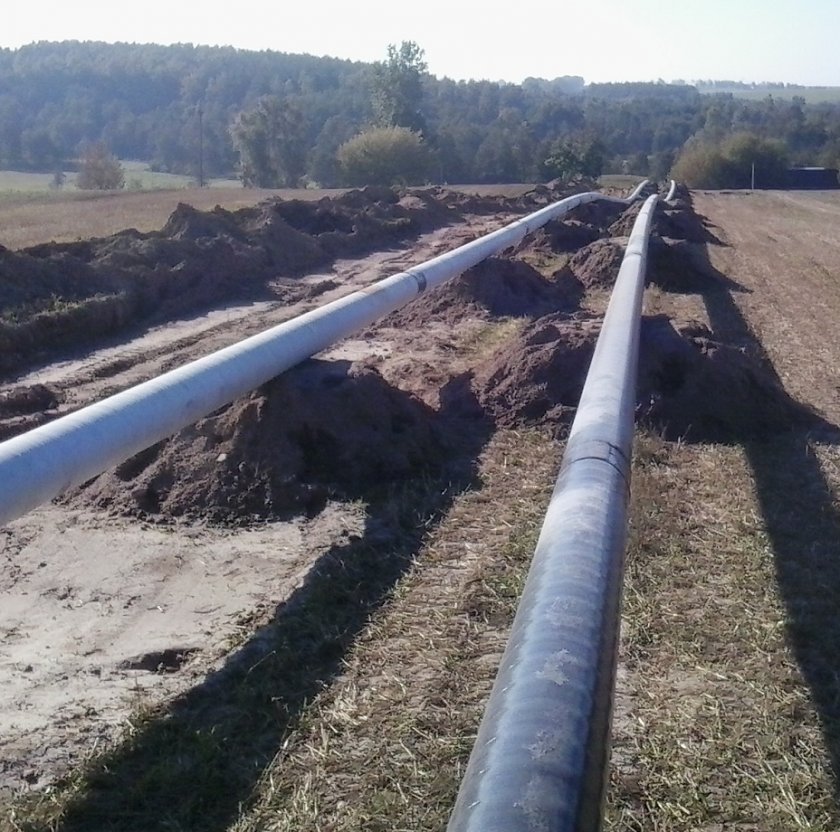Natural gas as fuel for transport vehicles
 Fot.
Fot.
CNG refuelling stations are usually supplied with NG from medium or high-pressure gas networks. However, there is a growing number of LCNG stations where motor vehicles can be refuelled either with CNG or LNG (liquefied natural gas).
LCNG stations do not require a connection to gas networks; the NG stock is kept on site in LNG cryogenic tanks. Motor vehicles are refuelled with LNG by moving the fuel with cryogenic pumps directly from the storage tanks. Another refuelling technology is used by which LNG is regasified in evaporators before refuelling a motor vehicle.
CNG is a popular fuel gas for passenger cars, trucks, heavy goods vehicles and public transit buses. LNG however, because of the massive cryogenic tanks required for its storage, is mainly used for heavy road vehicles and watercraft.
CNG is a popular fuel gas for passenger cars, trucks, heavy goods vehicles and public transit buses. LNG however, because of the massive cryogenic tanks required for its storage, is mainly used for heavy road vehicles and watercraft.



